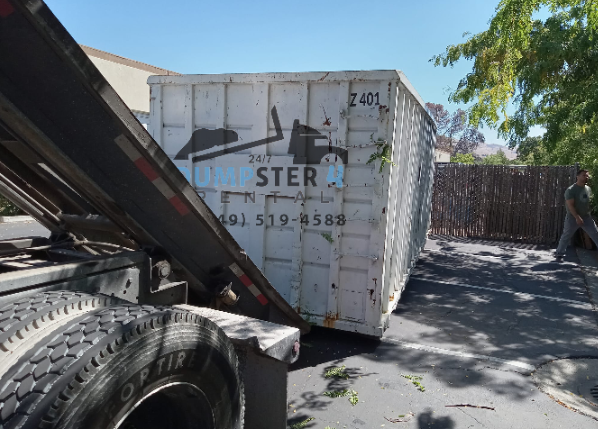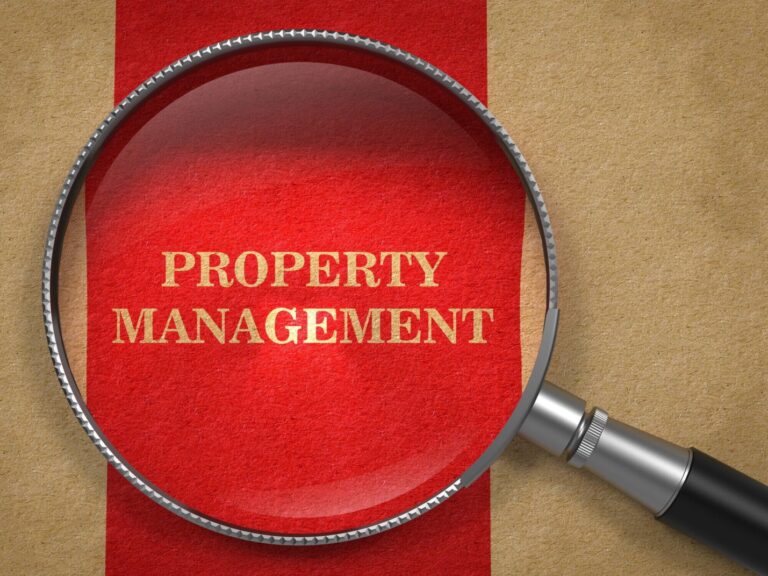Smart Cities: How IoT is Redefining Urban Living
Smart cities aren’t a far-off concept anymore – they’re here, reshaping the way people interact with the spaces around them. With urban areas expanding rapidly, the need for smarter, more efficient infrastructures is more pressing than ever. Enter the Internet of Things (IoT). Through interconnected devices, sensors, and data-driven solutions, IoT is helping cities manage everything from energy use to transportation. What was once only imagined is now driving real-world change, making urban spaces more sustainable, more efficient, and ultimately more livable. Yet, this interconnectedness also brings questions about privacy and security into sharp focus. Here’s how IoT is changing cities and a glimpse into the benefits and challenges that come with it.
Smart Infrastructure for Better Resource Management
One of the most impactful applications of IoT in smart cities lies in resource management. With populations growing, cities are under pressure to use resources—water, electricity, gas—more wisely. IoT-driven systems provide the data needed to track and optimize these resources in real-time. For example, smart grids allow electricity to be distributed more efficiently, reducing both waste and costs. Meanwhile, IoT-enabled water systems can detect leaks and predict usage patterns, ensuring that cities avoid wastage while meeting demand. These innovations make cities more sustainable and resilient in the face of increasing environmental and population challenges. However, on top of that, it’s the data that drives smarter decision-making, helping urban planners build cities equipped to handle the future.
Enhancing Urban Mobility with IoT
Traffic congestion. Overcrowded public transport. Lack of parking. These are just a few of the daily headaches in bustling cities. IoT is helping to ease these pain points by reshaping how people move through urban spaces. With real-time traffic data collected from sensors, city officials can adjust traffic light patterns, optimize bus routes, and even guide drivers to available parking spots. It’s not just about getting from point A to point B—it’s about doing it faster, smarter, and greener. In public transport, IoT is changing bus and train systems by providing real-time updates to commuters. This ensures efficiency and reliability. Also, urban mobility is becoming more fluid, reducing both stress and environmental impact while creating a more accessible city for all.
Creating Safer and More Secure Cities
Security is a top concern for any growing city. That’s why IoT is stepping in to make urban spaces safer. With smart surveillance systems equipped with IoT sensors, cities can monitor public areas, detect suspicious activities, and alert authorities in real time. This quick response to potential threats can deter crime or allow for faster emergency responses. But it’s not just about crime prevention. IoT also plays a key role in disaster management. Sensors can track environmental conditions, providing early warnings for disasters like earthquakes or floods. However, as cities become more connected, the risk of cyber threats rises. This is why using Managed Detection and Response (MDR) services is important, as it makes sure that IoT systems are monitored and protected from potential security breaches. Cities can enjoy the benefits of IoT while maintaining tight control over their cybersecurity.
IoT and Environmental Sustainability
From monitoring air and water quality to reducing carbon emissions, IoT technology is helping cities lower their environmental impact. For instance, connected sensors monitor pollution levels, allowing cities to take immediate action when air quality dips. In waste management, IoT devices optimize garbage collection by tracking bin levels and adjusting routes, saving both fuel and time. Cities adopting these technologies benefit by reducing their environmental footprint and creating healthier living conditions for residents. With a larger focus on eco-consciousness, the role of IoT in environmental sustainability will only grow. This makes it a crucial player in the fight against climate change.
Improving Citizen Engagement and Services
A truly smart city doesn’t just automate systems. It enhances the experience of its residents. IoT helps citizens interact with public services in a more efficient way by creating a more engaged and informed urban population. With smart city apps, residents can report issues like broken streetlights or potholes, and these can be addressed more quickly by city officials. IoT also offers personalized services, such as energy usage insights or traffic alerts, right at citizens’ fingertips. This interaction level creates a deeper connection between governments and the people they serve. That way, cities can remain responsive to their citizens’ needs.







